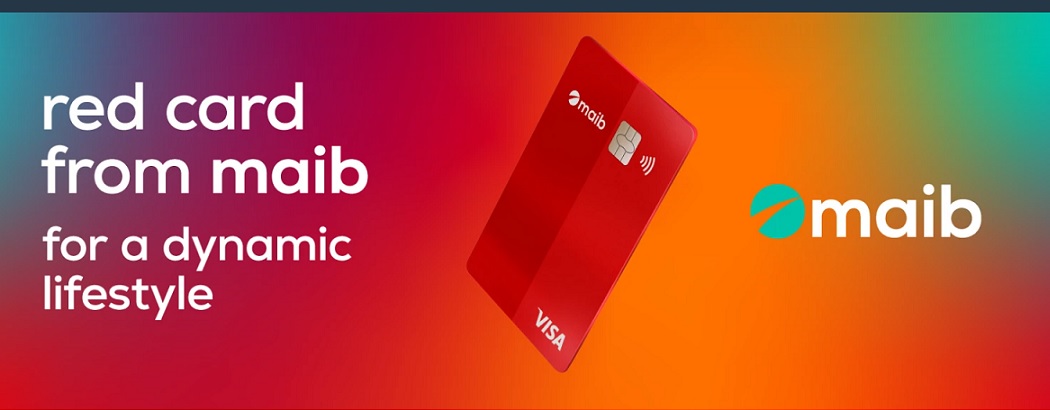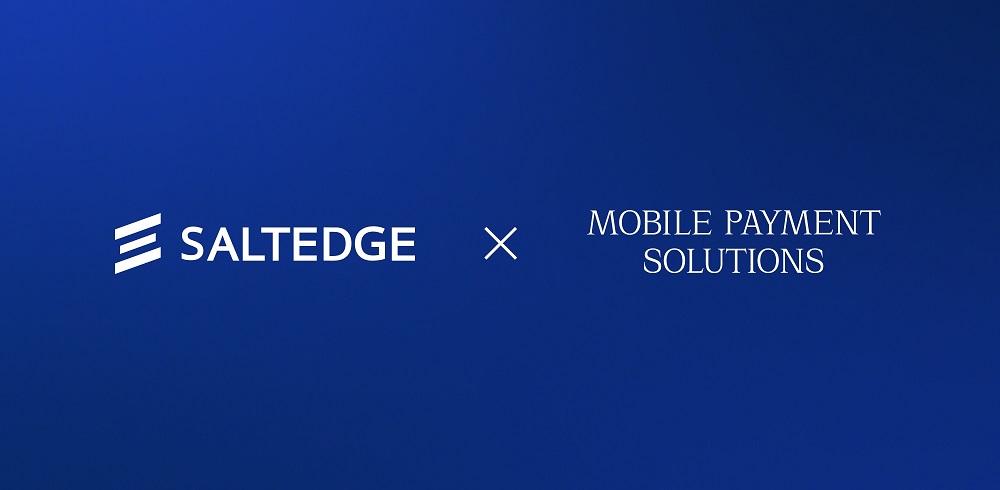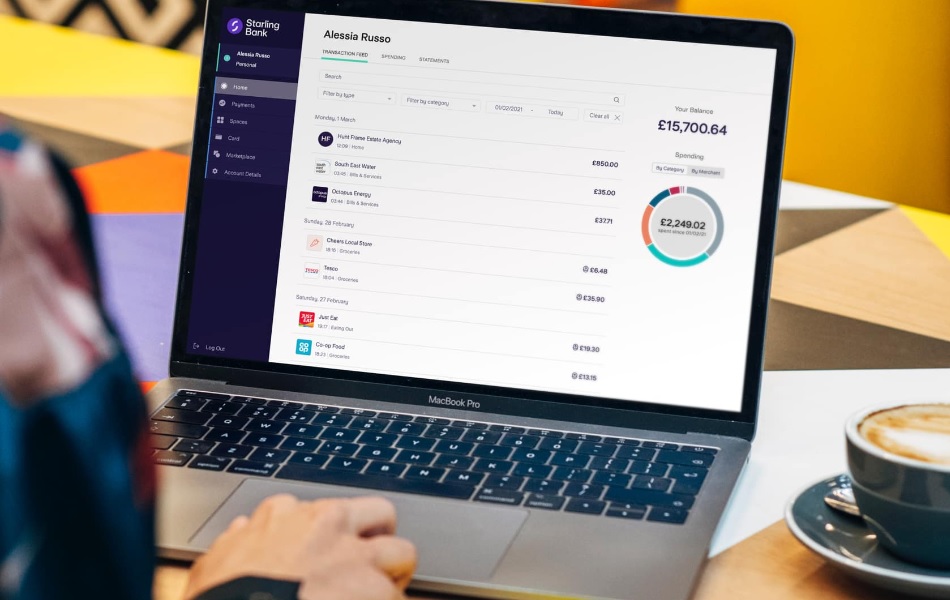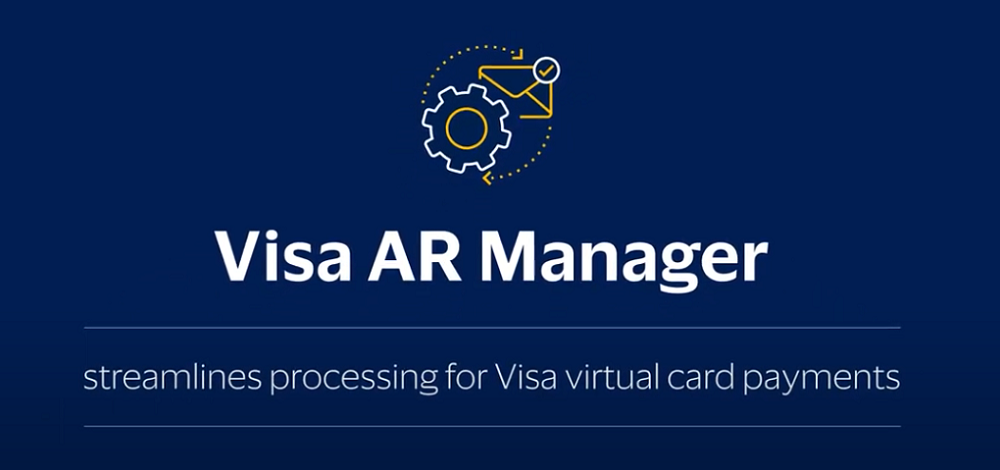Mobile transforms the way gamers play and make payments – 51% of gamers have spent on in-game purchases

More than half of gamers have made in-game purchases and 62 percent have spent on digital downloads, as digitalization transforms gaming payments, according to a new research. 2,051 gamers (playing at least two hours per week on any platform) were surveyed, across the U.S., U.K. and Germany. Respondents were aged 18-40 and are nationally representative of the gamer group.
New benchmark data from ACI Worldwide and Newzoo reveals how digitalization is transforming the way paying gamers spend, with 62 percent spending on digital downloads compared to 46 percent on boxed or disc games. 51 percent of gamers have spent on in-game purchases, demonstrating the growing importance of optimizing payments to seamlessly integrate with gameplay.
“What Turns Players Into Payers: Understanding the Gaming Payments Experience” provides insight into the payments habits, and favorite games, of players in the U.S., U.K. and Germany – key markets that combined account for almost 30 percent of global games market revenues.
„The global gaming market is expected to reach USD $137.9 billion in 2018, but it remains a challenging environment in which to engage and convert players. The proliferation of free-to-play titles across all platforms has led to alternative revenue pathways. However, 40 percent of non-paying gamers do not spend on games because the free gaming experience is satisfactory, showing there is further scope to monetize gameplay and generate revenues. The survey found that fraud also remains a concern for more than one third of online players.”, according to the press release.
Other key findings from the study, which accounts for mobile, PC (desktop) and console gaming platforms, include:
Platform is a key consideration for payments
. Mobile is the dominant platform, with 95 percent of respondents actively gaming on mobile devices, but also has the lowest proportion of paying gamers due to the prevalence of free titles.
. U.S. gamers are far more likely to pay on mobile (60 percent) compared to gamers in other countries surveyed (49 and 43 percent in U.K. and Germany, respectively).
. 78 percent of U.S. gamers who have spent money on mobile have done so for in-game purchases, compared to only 65 percent in the U.K. and Germany.
Gender, geography and age impact spending and gaming choices
. In the U.S., men are more likely spend money on games than women; 76 percent vs 60 percent on console games, 70 percent vs 54 percent on desktop.
. Gamers aged 30-40 are most likely to spend on power-ups, while the younger demographic (18-30) favors DLC/expansion packs as paid add-ons.
. 38 percent of U.S. gamers play Mario titles, making it the most popular franchise (at 26 percent also the most popular franchise in Germany), while titles such as Fortnite (fifth most popular overall) have rapidly gained market share, demonstrating the growing appeal of cross-platform gameplay.
Alternative payments becoming more prevalent
. PayPal is the preferred payment method across all markets surveyed, on every platform. Generally positive opinions toward the incumbent make it difficult for newer payment options to gain market share.
. 23 percent of gamers surveyed (25 percent in the U.S., 16 percent in U.K., 18 percent in Germany) view cryptocurrency positively as a payment method, indicating potential growth as mainstream acceptance and accessibility increases.
. Trust is the most important factor in determining payment method preference (38 percent), followed by speed (30 percent).
Fraud concerns remain a barrier to payments in gaming
. 19 percent have experienced fraud when paying for games online, while one-third of gamers are less likely to spend within a game due to fraud concerns.
. Despite fraud concerns, 44 percent of paying gamers in the U.S. believe additional security measures for in-game purchases negatively impact the gaming experience (36 percent in U.K. and 19 percent in Germany).
. 44 percent of paying gamers believe in-game payment experience can be improved, with one-third of gamers frustrated by slow payment processes, and more than one-quarter encountering confusing payment processes.
. Simplification of payment processes (20 percent) is more important to gamers than having more payment options (16 percent).
“Gaming is one of the fastest growing segments within the broader entertainment industry, which continues to undergo rapid change as many forms of entertainment go fully digital,” said Andy McDonald, vice president – merchant payments, ACI Worldwide. “Mobile and console gaming is driving changes in payments, especially with smaller value – and more frequent – in-app purchases on the rise. Gaining insight into the payment habits of gamers – especially as the cross-platform success of franchises such as Fortnite increases – is critical, as businesses strive to deliver next-generation, seamless payments experiences.”
“Understanding nuances in gamers’ paying habits and preferences can help publishers and developers craft top-quality, custom experiences for gamers,” said Sander Bosman, vice president – research, Newzoo. “But with variations across geographies, age and gender – not to mention differences between mobile, desktop and console gaming – there are multiple factors to be considered. This report provides much needed insights that help understand the paying gamer; what motivates them to pay and what is needed to deliver a superior gaming experience as the boundaries between platforms continue to blur.”
To read the full report visit: www.aciworldwide.com/lp/payments-in-gaming
Methodology:
This research project was conducted to explore paying behavior, payment preferences, and the payment experience among gamers to gather insights into the most effective ways to optimize payments conversions in games. 2,051 gamers (playing at least two hours per week on any platform) were surveyed, across the U.S., U.K. and Germany. Respondents were aged 18-40 and are nationally representative of the gamer group. Computer-assisted web-interviewing (CAWI) was utilized to “invitation only” respondents over a period of two weeks, including two weekends for a balanced sample (May 2-14, 2018). Average length per respondent: 15-17 minutes.
Dariusz Mazurkiewicz – CEO at BLIK Polish Payment Standard
Banking 4.0 – „how was the experience for you”
„To be honest I think that Sinaia, your conference, is much better then Davos.”
Many more interesting quotes in the video below:










